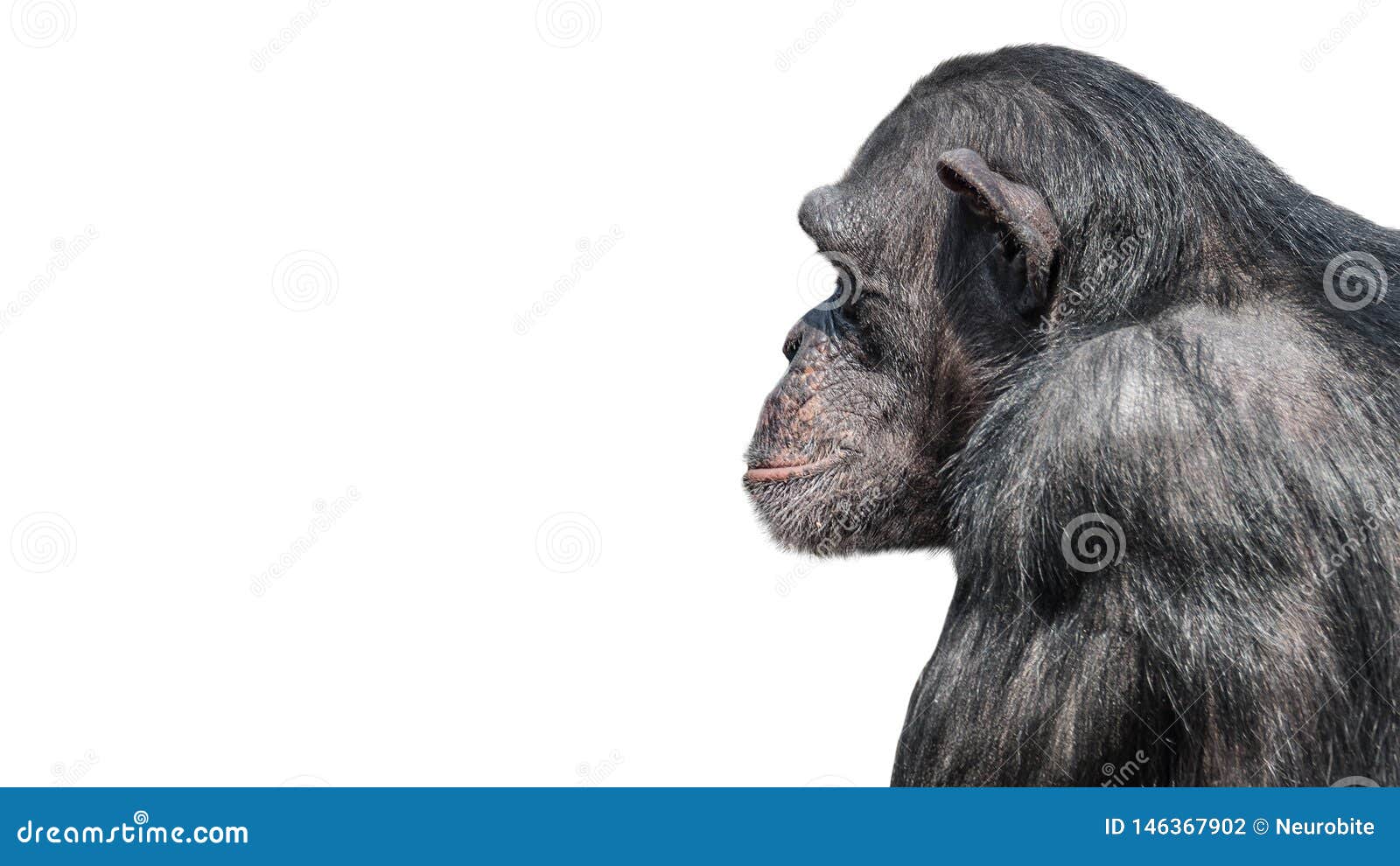


Chimpanzee societyĬhimpanzees are highly social animals and live in communities of between 10 and 180 individuals, according to the Max Planck Institute for Evolutionary Anthropology in Germany. The Jane Goodall Institute UK noted that pet chimpanzees are destructive and too dangerous to be kept as part of the family, and that it is difficult to keep them stimulated and satisfied in a human environment. During attacks, chimps will target a person's face, hands, feet and genitals. Most of the time these are isolated and seemingly reckless attacks by individual chimps, but one chimpanzee in the 1990s killed seven children before he was killed by humans, National Geographic reported.Ĭaptive or pet chimpanzees attack people far more often than their wild kin, because they can lose their fear of people altogether. Chimps have also snatched and killed human babies. Chimpanzees typically direct their aggressive and sometimes predatory behavior toward children because the animals are more fearful of larger human adults, especially men, according to National Geographic. Chimpanzees may then take to stealing unprotected human food, such as crops, and in the process become more confident around humans.Ĭhimpanzees have attacked more than 20 people in the Western Region of Uganda over the past 20 years and killed at least three human infants since 2014, National Geographic reported in 2019. This usually happens when humans move into and destroy chimpanzee habitats, reducing their access to food.


However, there have been recorded incidents of chimpanzees attacking and killing people. Wild chimpanzees are usually fearful of humans and will keep their distance. It's definitely interesting to think about how the buttocks regions of the chimpanzee might be used a recognition device in the same way the face is for humans, but is evolution really the answer behind why we as humans are such face-oriented creatures in comparison? More research may help us answer that question.(Image credit: Anup Shah via Getty Images) “The findings suggest an evolutionary shift in socio-sexual signaling function from behinds to faces, two hairless, symmetrical and attractive body parts, which might have attuned the human brain to process faces, and the human face to become more behind-like,” the researchers continue. So why do humans use faces to recognize one another and chimpanzees use butts? It still remains a question of circumstance, but the researchers believe it could have something to do with evolution. It turns out this rule also applies to chimpanzees, as they have a harder time recognizing one another’s butts when they’re upside down rather than in the proper orientation. If you’ve ever tried to recognize a face while it was upside down, then you probably weren’t as quick to recognize it was someone you knew as you would have been if it were oriented properly. Notably, the “inversion” effect plays a big role in chimpanzee buttocks recognition as well. We hypothesized that chimpanzees process behinds configurally in a way humans process faces.” “This provides an important socio-sexual signal for group members, who can identify individuals by their behinds. “Chimpanzee females show a swelling and reddening of the anogenital region around the time of ovulation,” the researchers write. Similarly to the way we process other human faces to recognize other individuals, chimpanzees have the ability to recognize certain pattern properties, such as symmetry and unique features. Published in the journal PLOS ONE, researchers have studied chimpanzees’ recognition behavior and found that they are able to recognize patterns in their fellow chimp’s butts that help them distinguish one from another. When you see somebody you’re familiar with walking past you, you probably recognize them by their face, but Chimpanzees can do that too but apparently, they can even recognize one another by their rear ends as well.


 0 kommentar(er)
0 kommentar(er)
